What happens if you mix candy and water?
This skittles experiment might not seem like much of a science activity, but kids love it! There are some simple, but important, science concepts for them to learn and they can play around with a little art too.
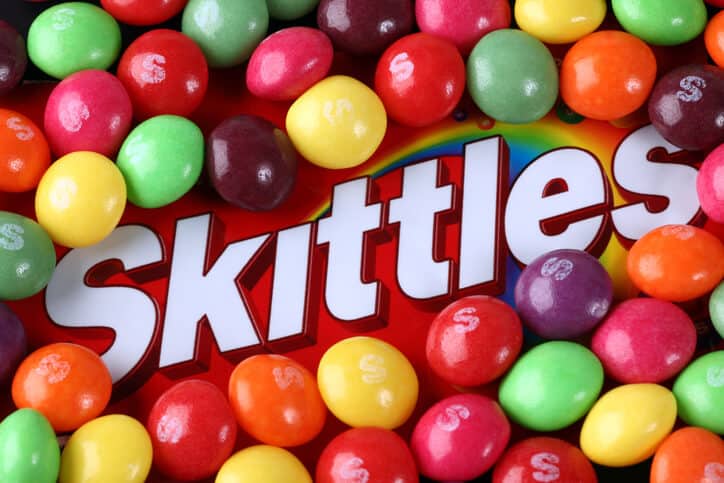
Materials
a bag of skittles
plate
warm water
liquid measuring cup
Activity Instructions
Prepare
Pour all of your skittles out of the bag and sort them by color.
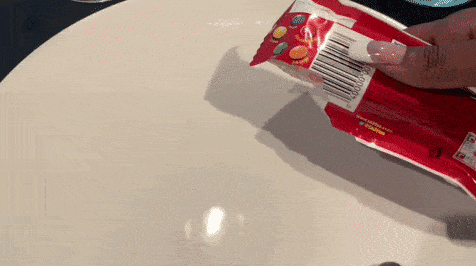
Arrange
Place the skittles in a circle on the outer curve of the plate.
For an artsy challenge, place them in a rainbow.
For a STEM challenge, place them in a pattern.
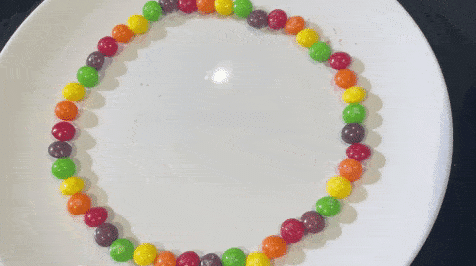
Observe
Ask a grown up to help carefully pour warm water into the middle of the plate so that the sweets are half submerged.
Watch as the color of the sweets slowly starts to creep towards the middle of the plate.
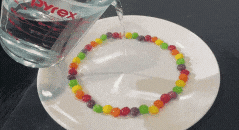
What Did You Observe?
Experiment Extensions
What happens if you repeat the experiment with cold water?
What happens if you use a different size or shape plate?
What happens if you use a different liquid like vinegar?
Would this experiment work with another type of candy, like M&M’s?
What’s the Science?
Skittles are coated with sugar and food coloring. When you add warm water to the Skittles, the sugar and food coloring start to dissolve. They have similar amounts coated on them so they dissolve at similar speeds and stay in their lanes.
This experiment explores the chemistry concept known as the concentration gradient – that is, that chemicals move from areas of higher concentration to areas of lower concentration in an attempt to equalize the concentration. That’s why the colors don’t mix.
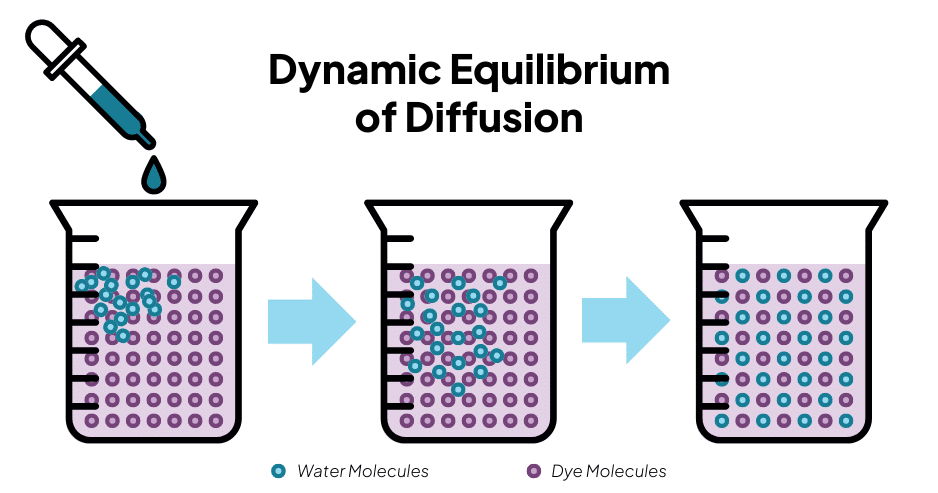
The temperature of the water matters, too. Using very warm or boiling water creates a quicker but messier, murkier rainbow. Using room temperature water or cold water slows the process of the rainbow forming. The hotter the water the more quickly the pattern will form, this is because the molecules in warm water move around more quickly than in cold water. So, when warm water molecules mix with the dye on the Skittles, they are quicker to “drag” that dye away and into the middle of the plate.
More Ideas
Shape Challenge
What happens if you arrange the skittles in another shape? Try to make the skittles into a flower, sun, or smiley face. What else can you create?
Making Waves
In this TED-Ed video, Sasha Wright explains the physics behind the concentration gradient and illustrates how our oceans are continually engaging in a universal struggle for space.
Explore All!
Check out all of OMSI’s Science at Home videos and experiments.
